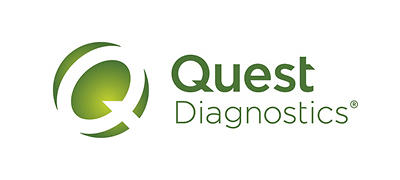Human immunodeficiency virus (HIV) is the virus that causes AIDS. When a person becomes infected with HIV, the virus attacks and weakens the immune system. In the United States, people who have syphilis, gonorrhea, and herpes often also have HIV, or are more likely to get HIV in the future.4
In 2018, men accounted for 30,691 (81%) of the 37,968 new HIV diagnoses in the United States and dependent areas. Most (86%) new diagnoses among men were attributed to gay, bisexual, and other men who have sex with men.5
Today’s guidelines say that everyone between the ages of 13 and 64 should get tested for HIV6
In order to increase detection of pharyngeal or rectal infections, strategies must evolve to include more extra-genital screening for higher-risk patients, including: 7
- Men who have sex with men
- People with more than 1 sexual partner
- Transgender people who have sex with men
- People who have recently had an STI
- People who use injection drugs
- People who have sex with a partner who has HIV







